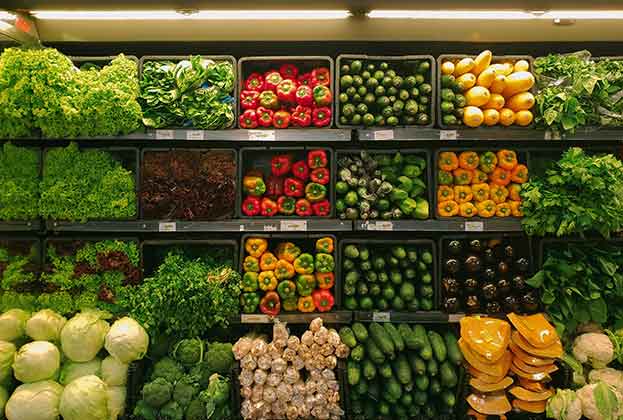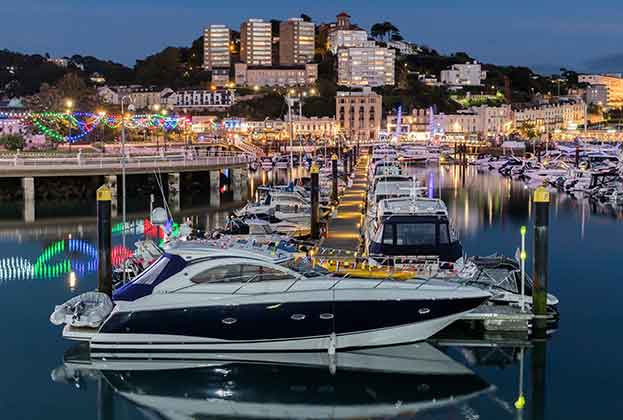Out-of-town retail continue to show some resilience as the government phases the reopening of stores
High streets saw footfall decline 41.8% in March compared with the previous year, whereas shopping centres have been harder hit by the lockdown, reporting a 43.6% decline in footfall for the month. Retail parks, however, showed comparatively more resilience with a footfall decrease of 23.5% in March, a result which is reflective of the proportion of retail that was categorised as essential and how that manifested itself across different asset classes.
What is clear is that any resilience that has been demonstrated since the government imposed closures, whether that be by asset class, sector or individual retailer, has merely highlighted those areas of the industry that have perhaps suffered comparatively less as opposed to displaying any significant victory.
How quickly businesses can open and how quickly they can return to something resembling normal operations will determine who survives and who doesn’t. The government seem set on phasing the re-opening of stores with a number of fast-food restaurants leading the first wave of businesses to resume operations in order to support those who may soon find themselves back in the office in some capacity. However, despite their advice for operators that offer takeaway services, guidance to be issued by the Department for Business, Energy and Industrial Strategy (BEIS) on the reopening of retailers, shopping centres, hotels, factories and offices, are clear that there are currently no foreseeable plans to reopen restaurants and bars to in-dining customers.
Nevertheless, BEIS does outline how non-essential retailers will be expected to implement new social distancing measures when they are allowed to reopen. These include limitations on the number of customers allowed in a store at any one time, using outdoor space for queueing, using screens to separate people, the provision of sanitation stations, one-way flow systems, staggering of employees’ arrival and departure times and offering cashless payments and refunds to consumers. It remains to be seen how different retail centres will fare with these restrictions in place. However, the out-of-town retail sector may continue to show a degree of resilience as they are better configured to cope with some of the more difficult measures, particularly those that require people to maintain a physical distance, on account of their large store formats and car parking space.
Read the articles within Spotlight: The initial impact of Covid-19 on the retail and leisure market below.
.jpg)

.jpg)
.jpg)
.jpg)

.jpg)